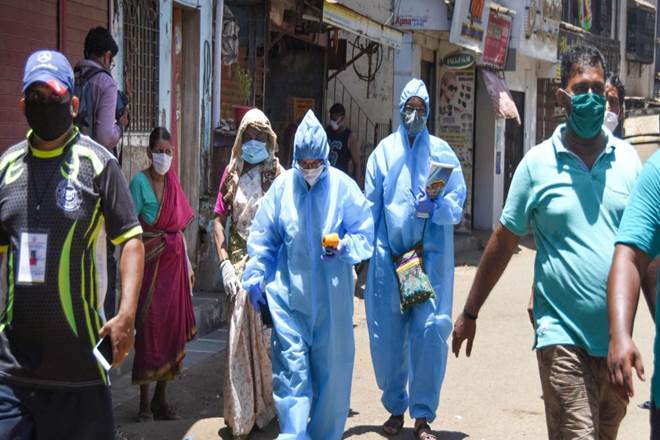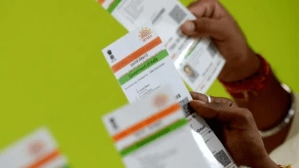Mumbai’s Dharavi slum area decreases COVID-19 cases to single digit! Dharavi had initially been one of the biggest hotspots in Maharashtra. Now it has seen a steep decline in the number of positive cases. For the first time since April 1, the area has reported the daily increase in new Covid-19 cases in single digit on Saturday, IE reported. The signs of the situation coming under the control of the administration came early on when the doubling rate-the rate at which the number of cases double in an area- fell down from 18 days in the last week of April to 78 days as of June 19. It has even left behind the doubling time in Mumbai which is estimated to double in 34 days.
The alarm bells started ringing when the first positive case of Covid-19 was reported from Dharavi area on April 1. With people living cheek by jowl in cramped up slums, the sanitation facilities and physical distancing which was key to check the spread of the virus seemed impossible in the area. The first step taken by the Brihan-Mumbai Municipal Corporation was t o barricade the exit and entry gates of the whole area. The blockade was followed by door to door screening, disinfection of public toilets and providing food to the residents.
However, soon the BMC gauged that its efforts of screening and testing were coming to cropper as the people were distrustful of the BMC staff and hid crucial information about the number of family members, co-morbidities among others. Soon, more than 350 private practitioners and doctors of the area were roped in who worked as a bridge between the people and the BMC.
There is a trust deficit between the administration and the people living in the area. Most people feared that the BMC had come to evict them from their houses, Assistant Municipal Commissioner of administrative G-North ward Kiran Dighavkar told the Indian Express. The involvement of the private practitioners yielded results and the administration was able to screen a total of 4.8 lakh people in the area including 1.2 lakh senior citizens. Proactive screening and monitoring of the patients also contributed to less cases of Covid-19 casualties, Dighavkar said.
Another factor which has contributed to the steep decline in the number of Coronavirus cases is the exodus of the migrant population from Dharavi to their home states. Devoid of their livelihood, the labourers left for their hometowns. Nearly 1.5 migrant people left the Dharavi area and went back to their home states and it definitely eased the burden on the civic authorities, Dighavkar said.
With case rate severely coming down, the focus of the authorities is restricted to four hotspots in the area- Matunga Labour Camp, 90 ft road, Dharavi Cross Road, Kunchi Korve Naga which are still reporting an increase in the number of cases.









